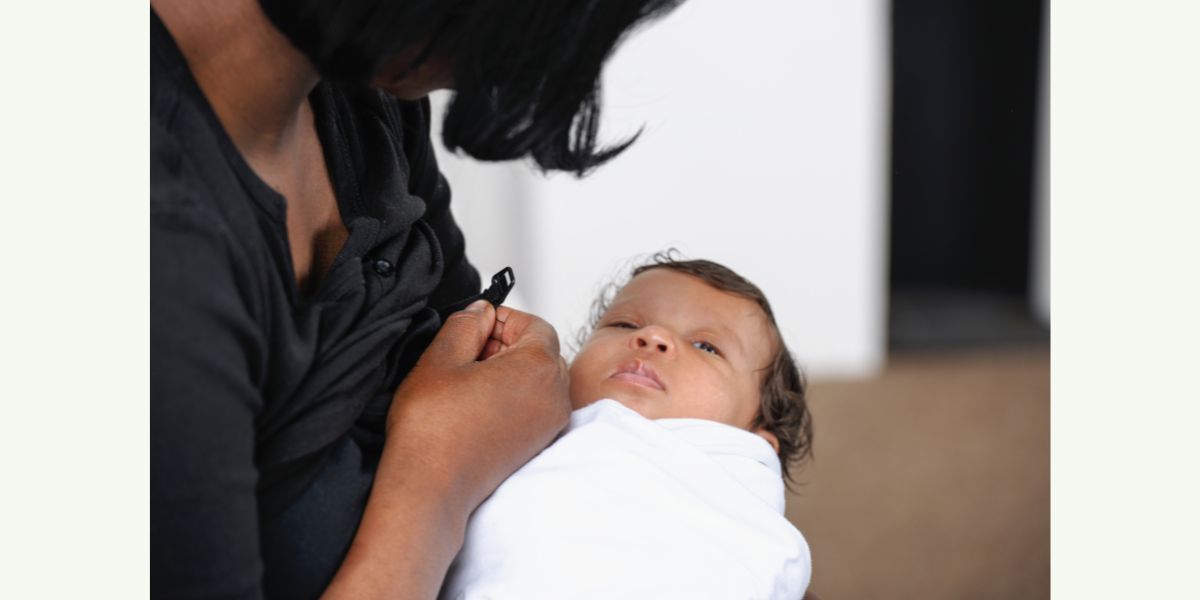

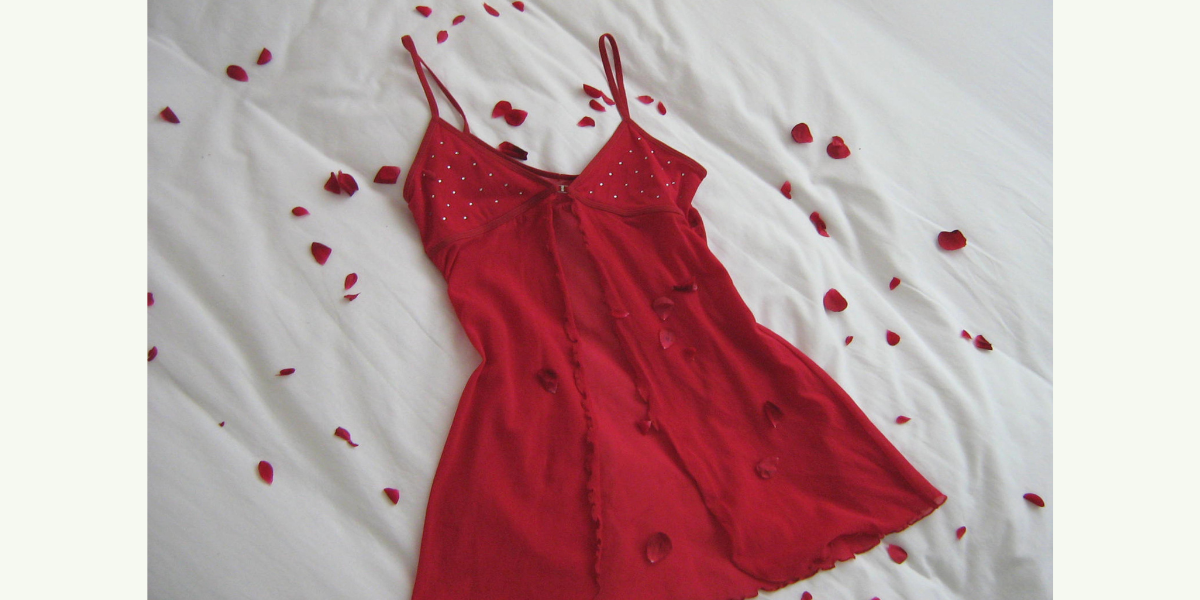

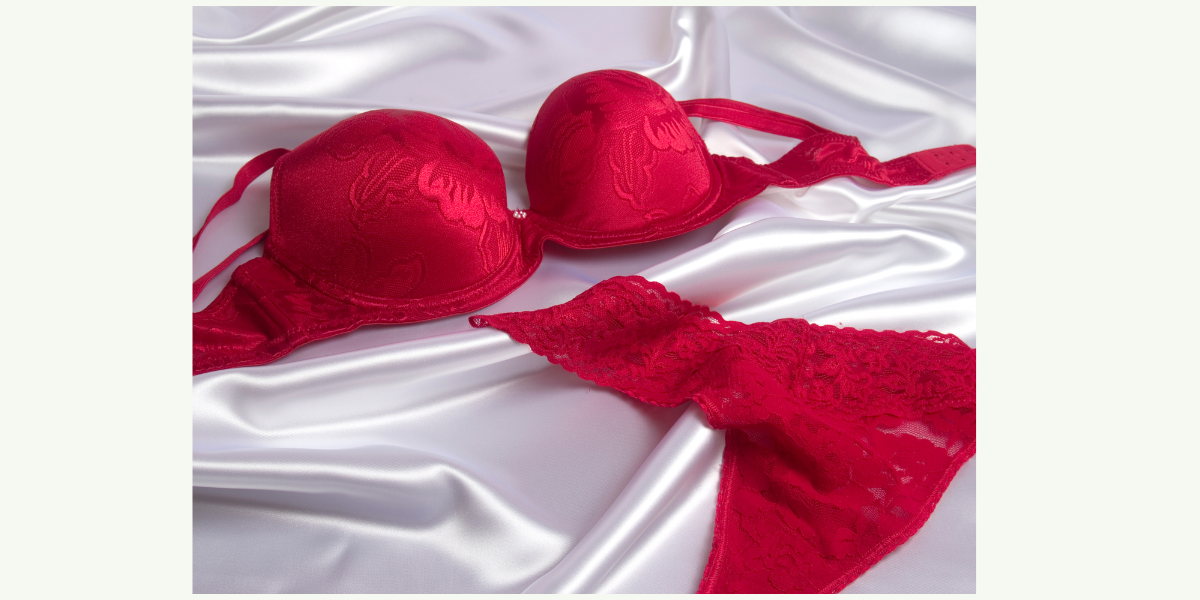


Motherhood brings so many beautiful changes. However, this beautiful transformation of motherhood brings some challenges along with it. Breastfeeding can be hectic for many new moms and their bras can also cause problems. Our collection of nursing bras in Pakistan is designed to make feeding easier, support growing breasts, and keep you comfortable during pregnancy and beyond.
Each piece is soft, stretchable, and easy to use. You will find options that make daily feeding more manageable and let you focus on bonding with your baby.

A nursing bra is made to support your body during breastfeeding and postpartum recovery. It gives you gentle support without tight bands or uncomfortable wires. With easy-open cups, you can feed your baby at home or in public with confidence.
Not all bras are the same, and that is why we offer a wide selection to match your lifestyle and body changes.
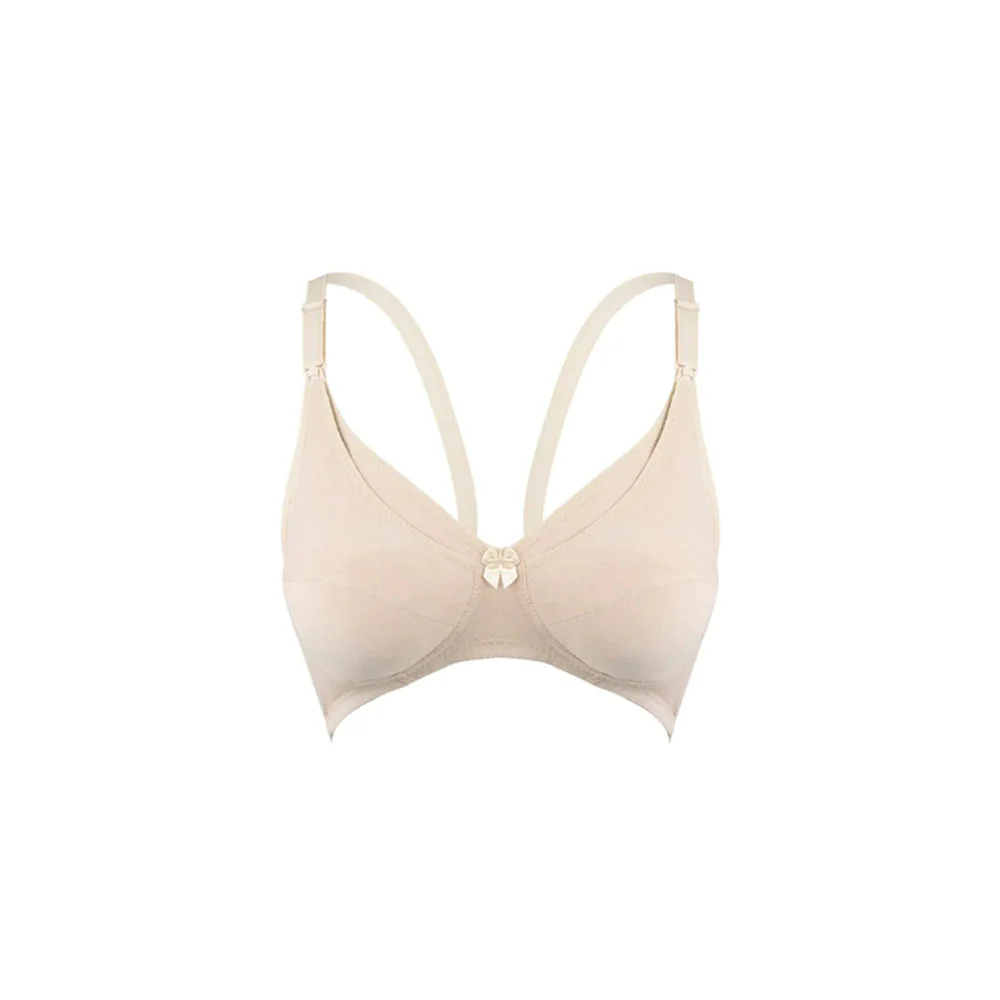

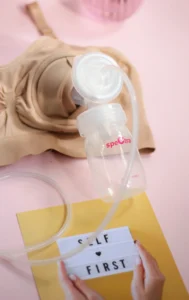
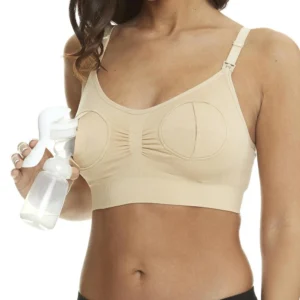
Nursing bra price in Pakistan varies widely, starting from PKR 1,200 to PKR 3,500 depending on quality and features. Raks offers the best nursing bra price in Pakistan, with beautiful designs featuring easy-access clasps and breathable fabrics for breastfeeding mothers.
During pregnancy and breastfeeding, your breast size can change. A good maternity bra or nursing bra adjusts with you and supports you without squeezing or causing pain.
A maternity bra supports your breasts during pregnancy. A nursing bra has front openings or clips to allow breastfeeding. Some designs combine both features.
Most women start wearing a maternity bra during the second trimester when regular bras feel too tight or uncomfortable.
Yes. Many nursing bras are made for sleeping. Look for styles without wires and with soft fabric for a good night’s rest.
Three to five nursing bras are a good start. This gives you enough options during laundry days and unexpected leaks.
A pumping bra holds breast pumps in place so your hands stay free while expressing milk. This is helpful for moms who pump often.
Yes. We offer many beautiful nursing bras that look as good as they feel. Support and style can go together.
Your body is strong and doing something amazing. It deserves care and comfort. Browse our full range of nursing bras in Pakistan and find the one that fits your journey. From the first months of pregnancy to daily breastfeeding moments, we are here to support you.